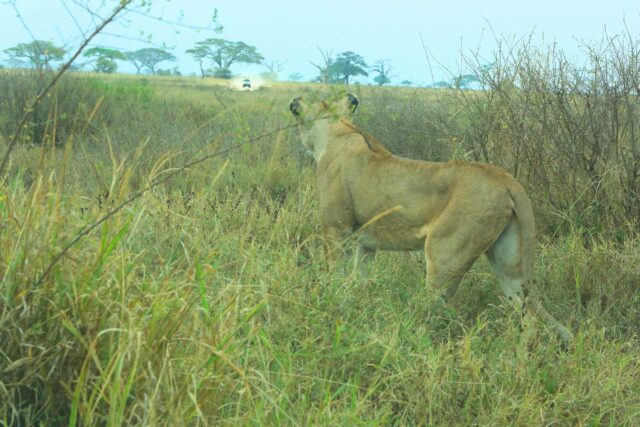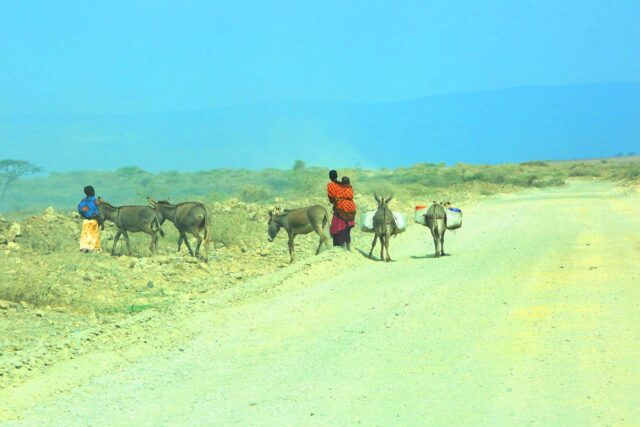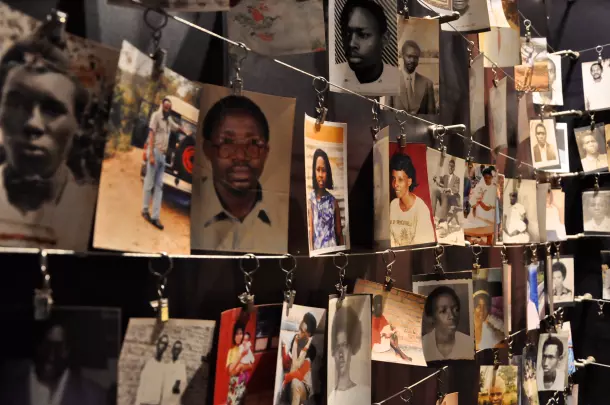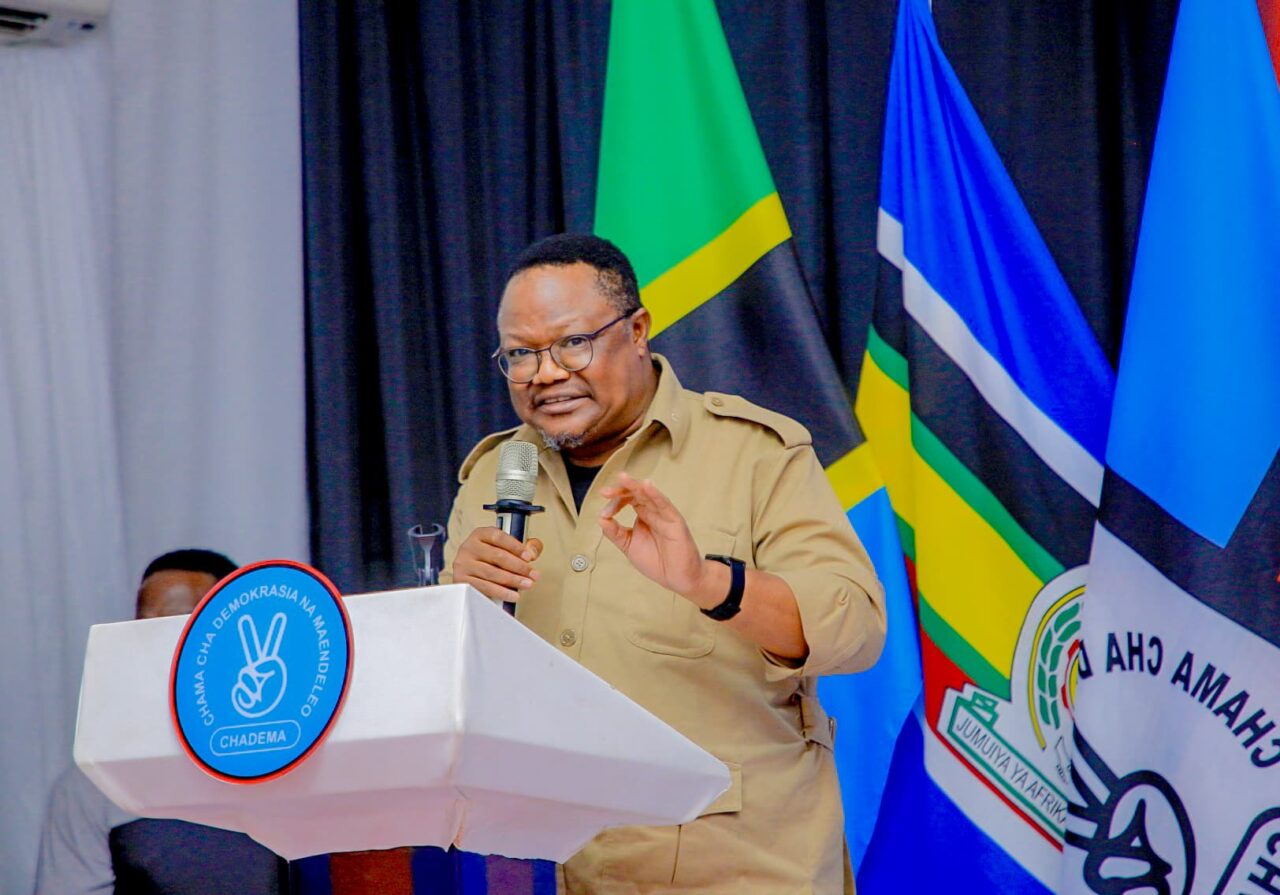Exponential human population growth in Tanzania requires the society to learn how to co-exist with wild animals, experts have cautioned.
With a third of Tanzania’s total area under conservation, there is no way human beings will avoid interactions with wild animals, especially in the areas that animals use to move from one wildlife area to another, Dr Elikana Kalumanga, Private Sector Engagement Manager at USAID Tuhifadhi Maliasili Project, says.
But how can coexistence be achieved? It all starts with the change in attitude towards wildlife through education and awareness campaigns; encouraging the sustainable use of wildlife corridors by humans; improving public messaging as far as conservation and protection of wildlife is concerned; and facilitating coexistence to reduce human-wildlife conflicts.

USAID Tanzania is undertaking a project entitled Tuhifadhi Maliasili (Preserve Natural Resources) that seeks to achieve the said goals through the engagement of all key stakeholders in government, the private sector, civil society and at the grassroots level in villages.
Furthermore, USAID Tuhifadhi Maliasili is working with the media through the Journalists’ Environmental Association of Tanzania to increase awareness of achieving the key goals in conservation.
The five-year USAID Tuhifadhi Maliasili Project that started in 2021 targets the conservation of wildlife corridors that are used by animals to move from one conservation area to another in search of food, water, breeding land and so forth.
Attitude
Authorities need to move from protection to conservation. Protection can result in ambivalent interactions between local communities and wildlife.
Conservation on the other hand welcomes the engagement of local communities through sustainable use of the natural resources in the wildlife areas. These include water sources, grazing lands for domestic animals and beekeeping.
Conservation has also helped reduce environmental destruction in wildlife areas, experience shows.
Wildlife protection started during colonial times. It was defined by penalties, fines and shoot-to-kill orders for people who trespassed wildlife areas, according to Dr Kalumanga.
READ MORE: Biodiversity: Call of Action to Save Wildlife Corridors
At the time when the territory’s population was less than nine million, it seemed to work. But now with Tanzania’s population exceeding 60 million, there is a need for more involvement of the people.
“We still need to protect wild animals against poaching and illegal wildlife trade, but we have to seriously insist on conservation which enables sustainable use of wildlife areas by local communities, especially in the wildlife corridors,” Dr Kalumanga says.
As far as education campaigns are concerned USAID Maliasili Project is working with the Journalists’ Environmental Association of Tanzania (JET) to ensure that the public is adequately informed about the need for conservation.
The involvement of JET would also enable the media to facilitate the engagement of all stakeholders across the board in all conservation efforts.
Sustainable use
When the emphasis is on conservation it facilitates the involvement of local communities from the planning stage on the use of village lands, where the wildlife corridors are located.
“When you tell villagers to stay away from wildlife corridors or face penalties and fines, simply because animals pass through that area, you can achieve very little in terms of conservation,” Dr Kalumanga says.

“But when villagers are encouraged to use wildlife corridors sustainably they are incentivized to preserve them as sources of water for their domestic and agricultural use,” Dr Kalumanga notes.
READ MORE: LHRC Wants Existing Conservation Laws Scrapped Off Tanzania’s Law Book
Some wildlife areas, such as the Kwakuchinja Wildlife Corridor in Manyara Region, have attracted substantial tourism investments that have created jobs for local communities.
The Kwakuchinja corridor is used by animals to move to and from the major national parks and game-controlled areas of northern Tanzania. As the animals pass seasonally through Kwakuchinja, they attract tourists who enjoy watching wildlife at close range.
Several tourist accommodation facilities have been set up at Kwakuchinja to cater for the tourists, according to Dr Kalumanga.
“About 200 people are employed in accommodation facilities at Kwakuchinja corridor and there are 19 souvenir shops that sell different cultural products to tourists,” Dr Kalumanga says.
Improved messaging
At times authorities and the mass media use words such as ‘wanyama wakali’ dangerous animals, or ‘wanyama waharibifu’ destructive animals to categorize wild animals. This categorization of wild animals evokes fear and defensiveness from the local communities.
Demarcating wildlife corridors in markings that read; ‘Animals Pass Here; No Human Activities Allowed,’ can be counterproductive. It rules out sustainable use of the areas and removes the motivation of the nearby communities for conservation.
It also reinforces the common perception that only the government is responsible for conservation, says John Noronha, M&E Manager of USAID Tuhifadhi Maliasili Project.
There is a need to use positive markings, instead, such as; ‘This Area is Under Conservation. Let’s Preserve It Together,’ experts say.
Coexistence
To ensure the survival of wild animals in their natural environment for posterity coexistence is the real deal.
Over the years there have been more and more close-range interactions between humans and wild animals in Tanzania due to human population growth and the associated increased demand for land and natural resources, says Mr Noronha.
“Wildlife areas protected by law were not designated to encompass entire wildlife ecosystems such as wildlife corridors and animal dispersal areas, leading to increased interactions between humans and wild animals,” Mr Noronha.
Climate change has also forced wild animals to move to new areas potentially bringing them into human areas and increasing conflicts.
READ MORE: Majaliwa Receives Indigenous Peoples’ Recommendations on Conservation
As a result between 2012 and 2019 Tanzania recorded 1,069 human deaths, 642 temporary and permanent human injuries from attacks by wild animals and 41,404 acres of crops were damaged according to Mr Noronha.
The fact that Tanzania’s current human population growth rate is over three per cent per year and is projected to increase to 89 million by 2035 is set to increase human-wildlife interactions that do not have to be, necessarily, negative if appropriate measures are taken to ensure co-existence.
The interactions could be positive if the right strategies are employed, according to Mr Noronha, to increase the level of tolerance of local communities towards wild animals.
“It is important to recognize that human-wildlife conflicts do not result solely from the direct impacts of wildlife on people or vice versa but may often involve disagreements between stakeholders over conservation objectives,” Mr Noronha observes.
Empowering communities to mitigate wildlife impacts is one way of facilitating coexistence. Protecting farmers and communities on the frontline through effective response to conflict incidents is another.
Improving community livelihoods and educating the whole Tanzanian population on the importance and best ways of coexisting with wildlife is also helpful, according to Mr Noronha.
“Over the long term, improvement of farming practices outside of wildlife areas which lead to land use efficiency, higher yield, and maximized food security, will logically reduce the need of farmers to use areas in the human-wildlife interface where conflict between people and wildlife is highest,” Mr Noronha notes.
Damas Kanyabwoya is a Dar es Salaam-based freelance journalist. He is available at dkanyabwoya@gmail.com.




